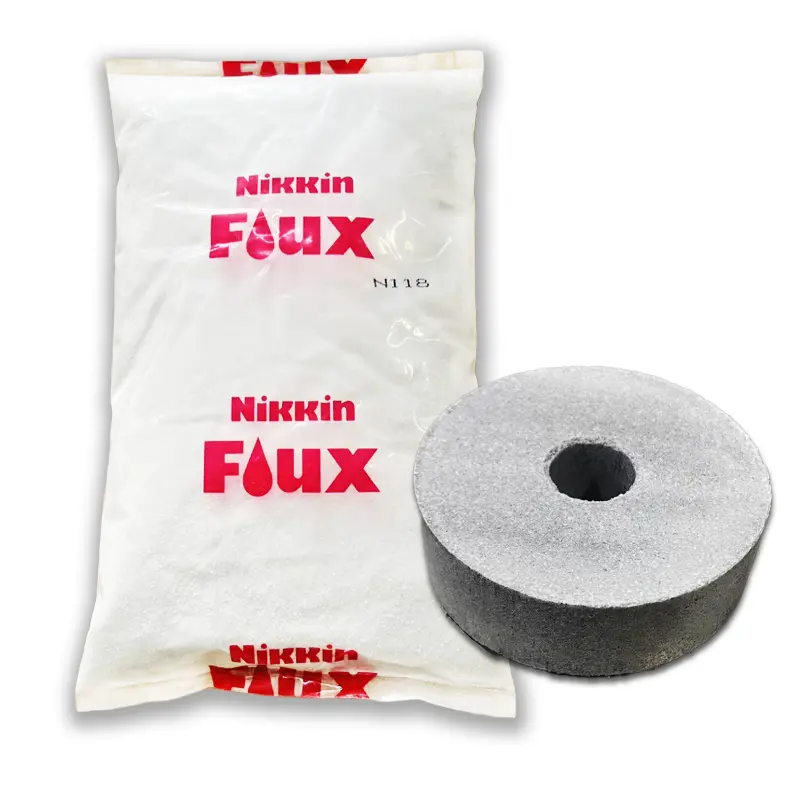EN
EN
Products
Product Lineup

We produce variety and high quality Flux, based upon the requirements of customer and type of alloy. Here is the link of list of flux.
Aluminum has lots of advantages, such as light weight, corrosion resistance, good work-ability, recycling efficiency compare to any other metal. Therefore aluminum alloy are using for variety of applications in different market segment.
In aluminum casting, not only sophisticated cast design, but precise control of chemical composition is also required. If molten metal quality doesn’t reach to the required level, application may have defect and the molten cannot be used for final product, even if die casting design is perfect. Controlling molten metal quality is the key of the production. And the selection of suitable flux is necessary factor to control molten and produce high-quality application.
The following are important considerations in flux selection.
1)Purpose of use (e.g. removal of dross, degassing, Improvement of metal quality etc.)
2)Alloy type (Na-based or non-Na-based)
3)Molten metal temperature
4)Environmentally friendly type(unacceptance of smoke or gas emissions)
Here is the link of list of flux.
In order to using flux, please kindly pay attention to molten temperature and input volume of flux.
In order to increase the contact area of the flux with the molten metal and to ensure an efficient reaction, please mix the flux sufficiently after adding it to the molten metal.
The following are points regarding molten metal that should be checked prior to flux addition.
(1) The required alloy composition should be maintained. The molten metal should not be contaminated.
(2) Hazardous gases (hydrogen) and oxides that may degrade the properties of the alloy must be removed.
(3) The set temperature of molten metal is accurately maintained.
| Type | Characteristics | Molten Temperature | Alloy Type | Amount of Flux | Note |
|---|---|---|---|---|---|
| N115 | Environmentally friendly type | 660~750℃ | A | 0.1~0.5% | |
| N115S | Environmentally friendly type | 700~800℃ | A | 0.1~0.5% | |
| N118 | Environmentally friendly type | 630~690℃ | A | 0.1~0.4% | Compatible with feeders |
| N200 | Flux for low temperature | 700~740℃ | A | 0.1~0.4% | |
| N224 | Flux for low temperature | 650~720℃ | A | 0.1~0.5% | |
| N392 | Flux for high temperature | 700~800℃ | A | 0.1~0.5% | Compatible with feeders |
| N408H | Na Free type | 700~800℃ | A・B | 0.1~0.4% | Compatible with feeders |
| N410 | Na Free type・SDGs Application Type | 680~760℃ | A・B | 0.1~0.4% | Effect of reducing aluminum carry-out volume |
| Type | Characteristics | Molten Temperature | Alloy Type | Amount of Flux | Note |
|---|---|---|---|---|---|
| N764 | Powder type | 670~730℃ | A | 0.2~1.5% | |
| N764H | Powder type | 710~770℃ | A | 0.2~1.5% | |
| R60・R70 R80 | Tablet Type | 660~790℃ | A | 0.1~0.5% | Effective with submarine system |
| Type | Characteristics | Molten Temperature | Alloy Type | Amount of Flux | Note |
|---|---|---|---|---|---|
| N833M | Refining Type | 650℃以上 | A・B | 0.1~0.2% | Ti-B addition |
| N887 | Hi-Si Alloy Type | 750℃以上 | B | 0.2~0.3% | P addition |
| Type | Characteristics | Molten Temperature | Alloy Type | Amount of Flux | Note |
|---|---|---|---|---|---|
| NX970 | Mg Removal Type | 710~760℃ | 5~8 times the amount of Mg to be removed |
A (Na added): Aluminum alloys for casting and die casting
Si<11% and Mg<1%
B (Na-free): Aluminum alloys for casting, drawn and rolled materials, and pure aluminum
Si>11% and Mg>1